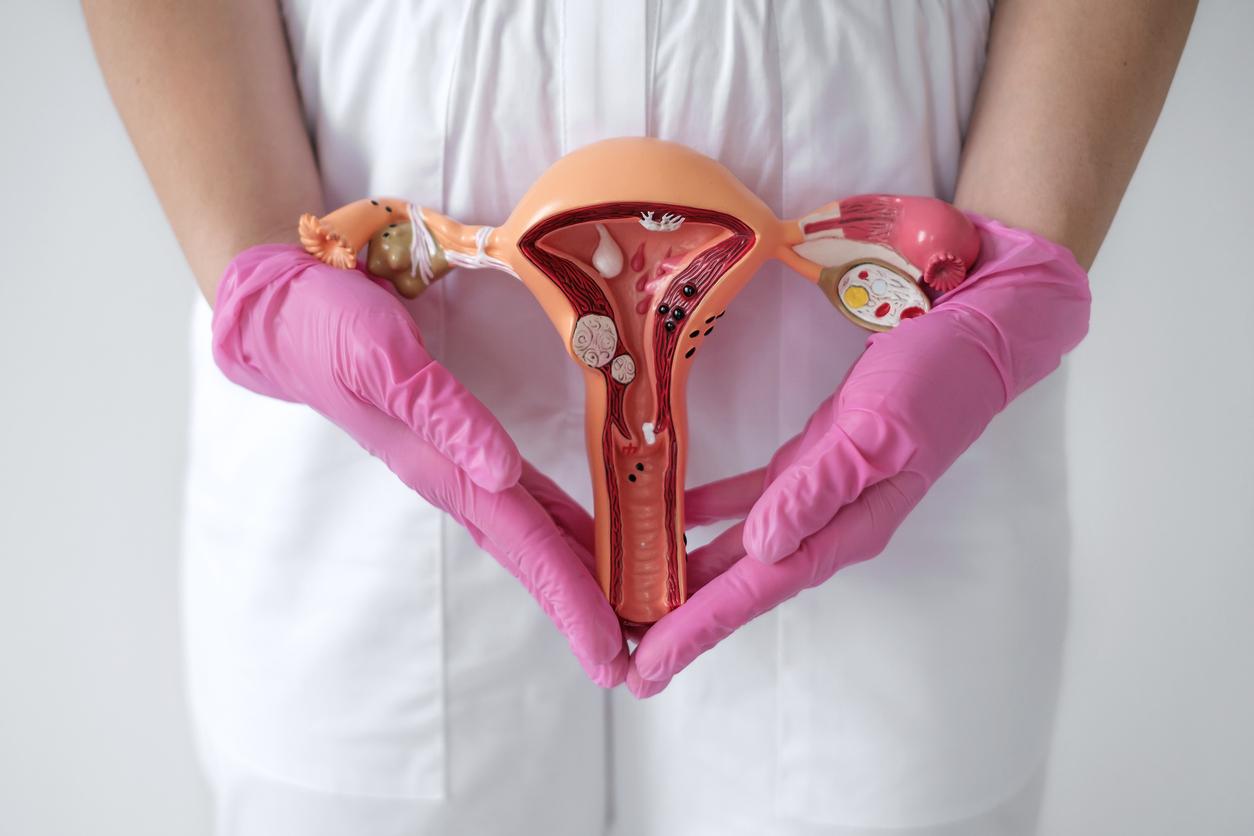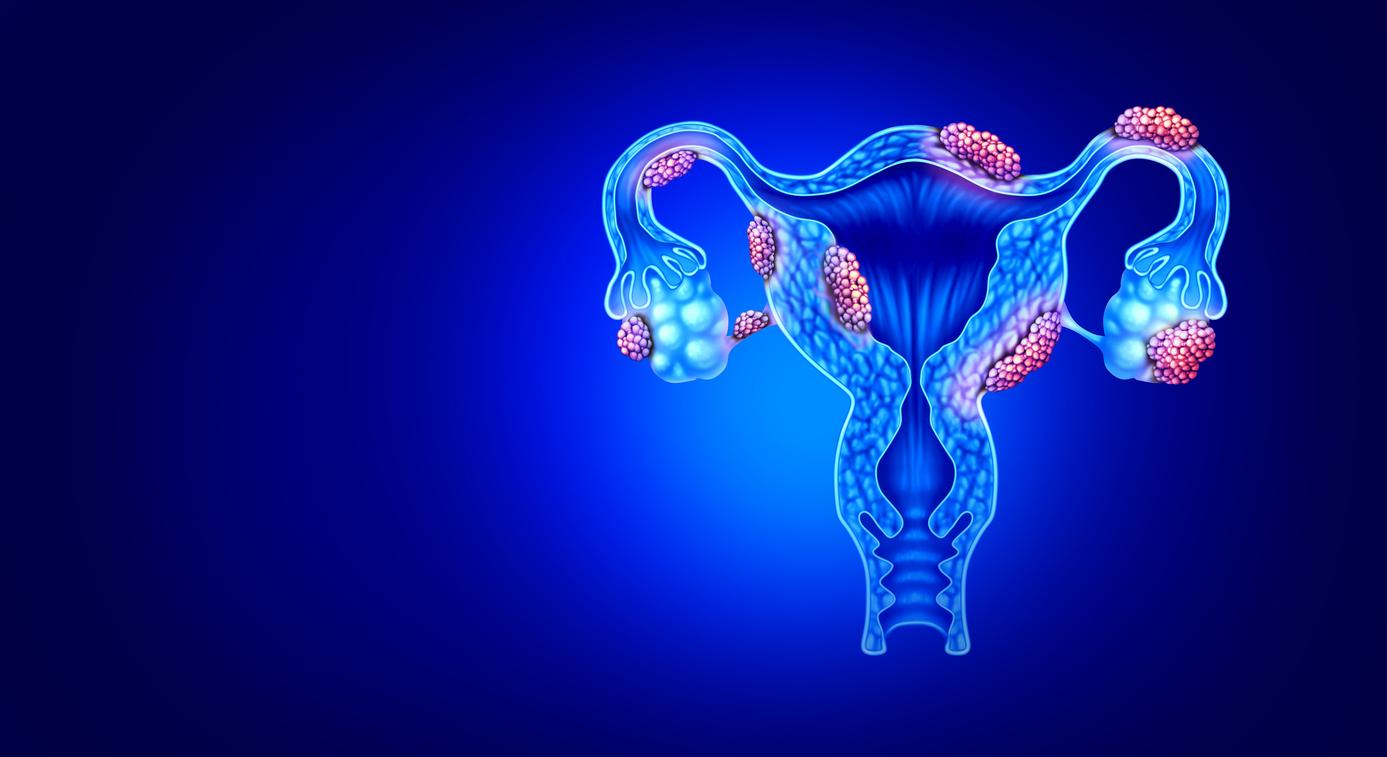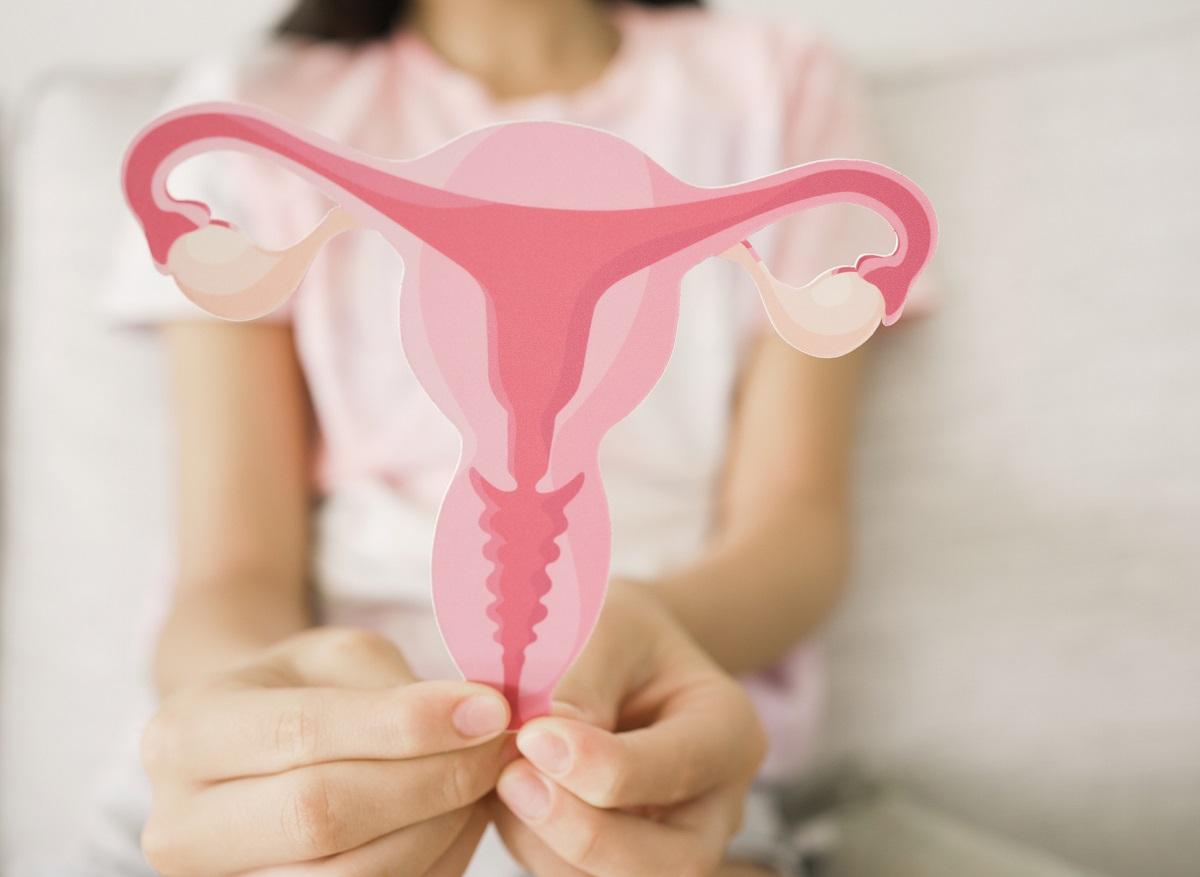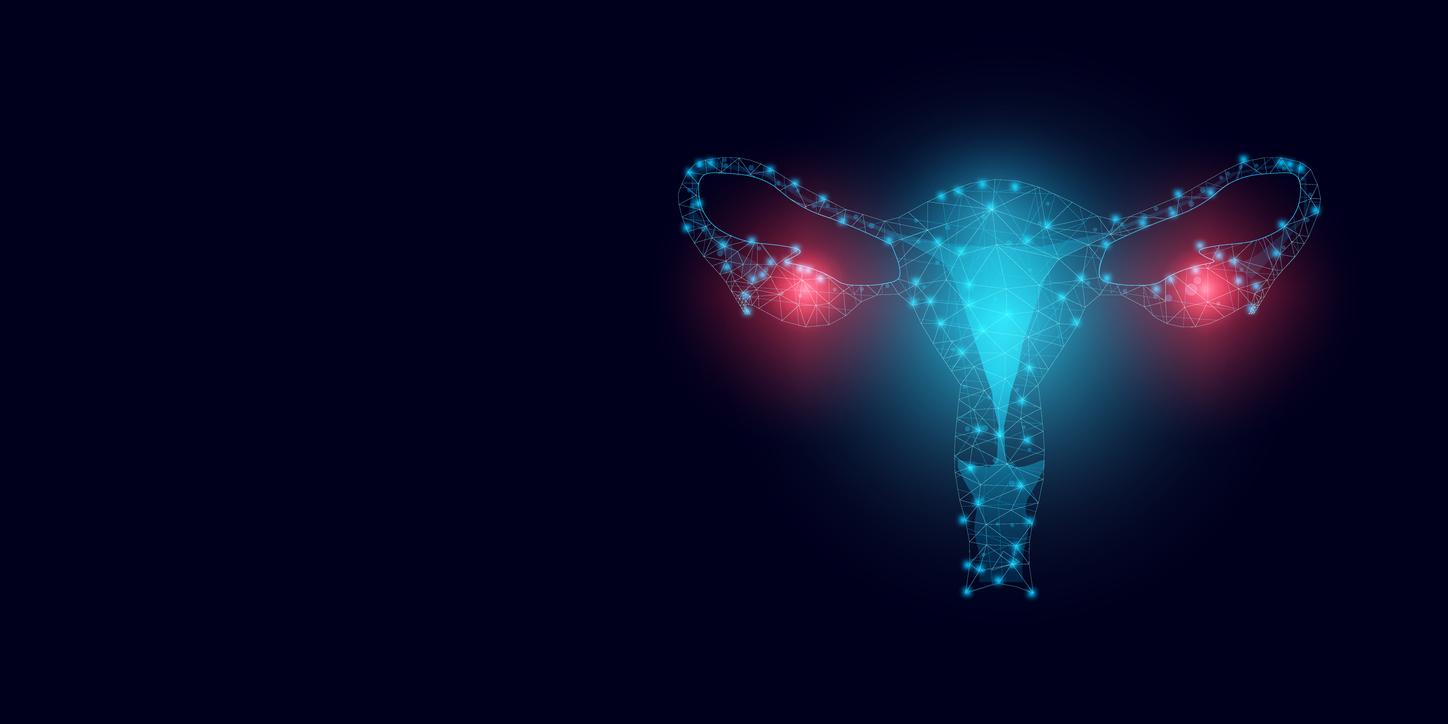Professor Charles Chapron, expert in gynecology, recently detailed the impact of endometriosis during a session dedicated to this disease, particularly on affected patients, during the National General Medicine Days.
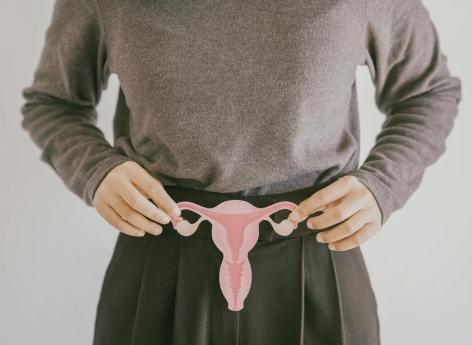
Endometriosis is a complex disease, often associated with varied and polymorphic symptoms. “This disease, endometriosis, is multifocal, heterogeneous and inflammatory, with immune disorders. Diagnosis, regardless of the health system, often takes between five and ten years, due to the diversity and complexity of symptoms. The main symptom is pain, but this varies extremely from one patient to another. You may have chronic pelvic pain, dysmenorrhea, but also digestive or urinary signs which are often unrecognized.“, explained Professor Charles Chapron, head of the gynecology department at Cochin hospital (Paris).
Interstitial cystitis and irritable bowel syndrome: common comorbidities
One of the important characteristics of endometriosis is its association with other painful pathologies. “Today, we know that women with endometriosis have a significantly higher risk of developing interstitial cystitis, with an increased risk of 3 to 4 times compared to the general population.“, explains Professor Chapron. He also adds that this pathology, frequently diagnosed in women with endometriosis, contributes greatly to the alteration of their quality of life.
Irritable bowel syndrome is another comorbidity frequently associated with endometriosis: “It is essential to manage irritable bowel syndrome in these patients“, he specifies. These intestinal disorders aggravate pelvic pain and further complicate the diagnosis and overall management of the disease.
The diagnosis of endometriosis must be rapid and appropriate
The diagnosis of endometriosis remains a real public health issue, often delayed by 5 to 10 years. The varied and sometimes asymptomatic symptoms make questioning and imaging almost essential to classify patients and guide treatment.
There are indeed cases of completely asymptomatic endometriosis. The teacher reminded him: “Some women can have endometriosis without experiencing pain or symptoms. This further complicates the diagnosis and requires increased vigilance.” As a result, many women live with the disease without even knowing it, which can lead to long-term complications, particularly in terms of fertility and affected organs.
Faced with this pathology with many faces, the gynecologist insisted on the importance of an early and precise diagnosis. Tools such as clinical interviewing can be very effective in identifying patients at risk, and medical imaging now makes it possible to better target types of endometriosis, including in adolescents. In addition, the specialist insists on the fact that there is no longer any need to perform diagnostic colonoscopies in 2024, preferring non-invasive techniques combining interrogation and imaging (see: the endotest which will soon be on the French market and reimbursed from 2025).
To conclude, the professor discussed the different therapeutic options available: “We have hormonal treatments that block menstruation and relieve pain, as well as surgery, which remains effective in treating pain, bleeding and improving fertility. Finally, medically assisted procreation (MAP) offers the same chances of success as surgery for patients wishing to have a child..”










